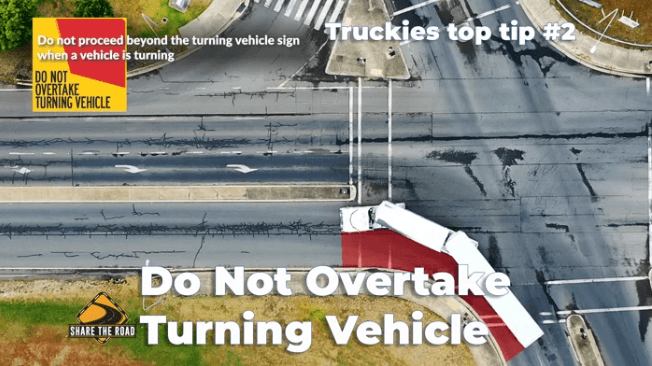Truckies Tip #7
07 Driving at night from Whiteline Television on Vimeo.
High beam glare contributes to fatigue during night driving. When you see the lights of an oncoming vehicle dip or you are flashed before reaching a crest or curve, dip your lights. By waiting until you see the vehicle before you dip your lights, you are momentarily blinding the oncoming driver. With a closing speed of 200 kph and only a twenty centimetre white centre line between oncoming traffic blinding the other driver is not very clever. On divided highways, refusing to dip because of intermittent shrubbery in the middle can be at least inconsiderate or at worst dangerous to other road users. High beam through a gap in the divider, particularly on curves can be worse than over a crest as you are often not expecting it.
If coming up behind a truck, dip early rather than when right up behind it, as trucks mirrors can be 15 times larger and don’t have an anti-glare position. When you move to overtake, one quick flash is a good idea but don’t jump to high beam until past the truck’s mirrors.
Some people now drive around with “fog” lights on all the time. They can be beneficial in fog but not only is it illegal to have them on at any other time, but they can also be a hazard especially if not correctly aimed. Also, on billiard table smooth roads the sharp cut off of fog lights would be like flashing high beam as you hit each bump.
Rear fog lights can also make it impossible to see brake lights in use in the rain. In using fog lights in normal conditions, you can be creating a hazard rather than a benefit. Travelling with your headlights on in the daytime or at least turning them on early in bad weather or when the traffic approaching is driving into the sun, can only increase your safety, but please make sure they are on low beam. If going on a long trip, check your headlight adjustment with the extra load or trailer in mind and always carry spare bulbs and check and clean your lights regularly.









